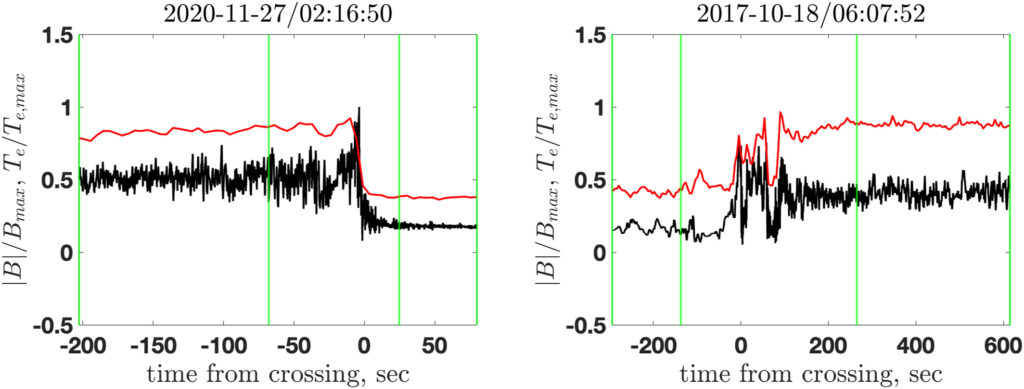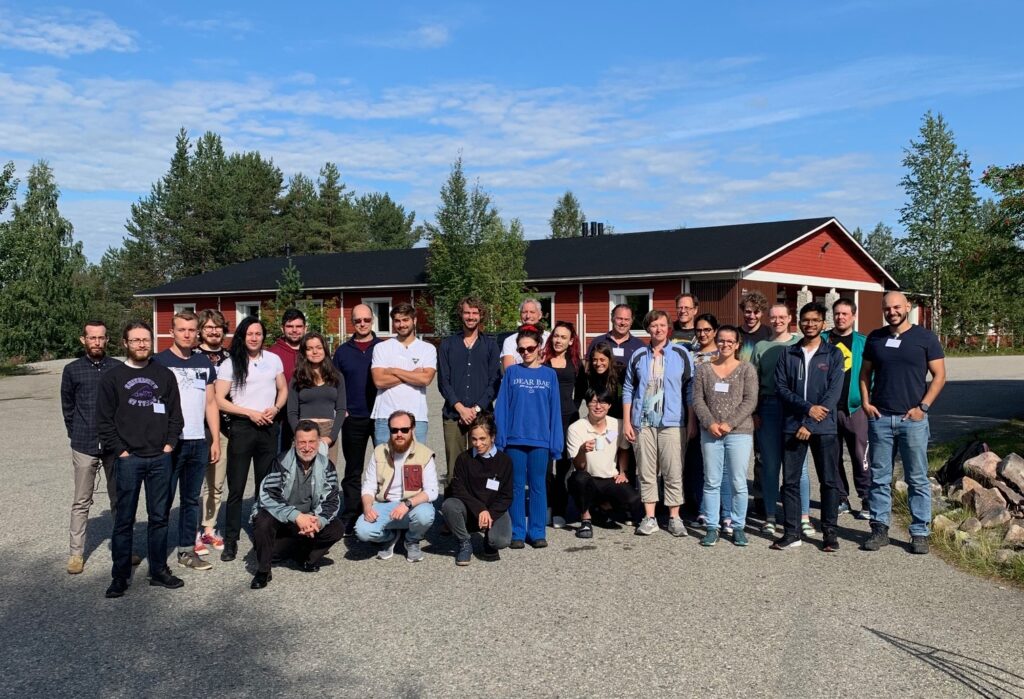Despite more than half a century of Collisionless shock (CS) research, our understanding of the processes of the shock energy dissipation into the charge particle heating and acceleration remains incomplete. To help to address the problem of the rate of the data analysis on CSs being well below of the rate of the data acquisition, an open-source high-level database of shocks and a centralized source of advanced tools for the purpose of analyzing shock structure and dynamics have been developed. The database is called SHARP shock database by the name of the project SHARP (Shocks: structure, AcceleRation, dissiPation) funded by the European Union’s Horizon 2020 program. The SHARP shock database contains shock crossings and corresponding parameters obtained from Cluster and MMS (Magnetospheric Multiscale) missions for terrestrial bow shocks, THEMIS (Time History of Events and Macroscale Interactions during Substorms)/ARTEMIS (Acceleration, Reconnection, Turbulence and Electrodynamics of the Moon’s Interaction with the Sun) missions for interplanetary shocks, and MAVEN (Mars Atmosphere and Volatile EvolutioN) and VEX (Venus Express) missions for shocks at non-magnetized planets. The SHARP shock database can be accessed via https://sharp.fmi.fi/shock-database/.
Full Article:
Ganushkina, N. Y., van de Kamp, M., Hoppe, T., Dubyagin, S., Gedalin, M., Dimmock, A., et al. (2024). SHARP Shock Database. Journal of Geophysical Research: Space Physics, 129, doi: 10.1029/2024JA032625






 across several regions of Cas A, with best-fit values νB ∼ 2 − 2.4 and
across several regions of Cas A, with best-fit values νB ∼ 2 − 2.4 and  km.
km.




